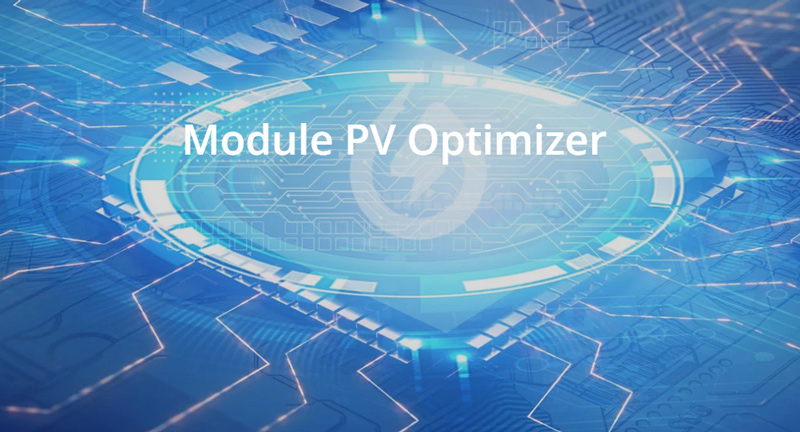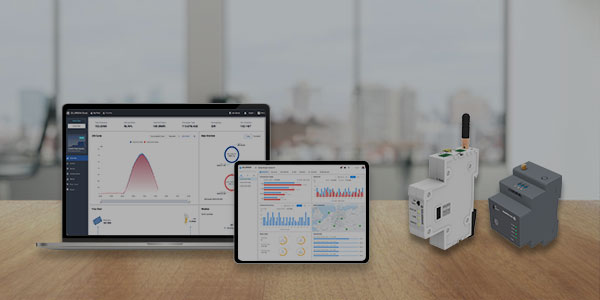To choose a suitable PV optimizer, consider the following key factors:
Compatibility: Ensure that the selected optimizer is compatible with your existing photovoltaic system. Different brands and models of smart PV optimizers may have different electrical parameters and connection requirements, so it needs to be matched with your solar panels and inverters.
Power and efficiency: Consider the power and efficiency of the PV optimizer. Power is typically measured in watts (W), so choose an optimizer that matches the power of your photovoltaic system. Also, pay attention to the efficiency of the optimizer as higher efficiency optimizers provide better energy conversion.
Waterproofing and weather resistance: Make sure the chosen optimizer has good waterproofing and weather resistance to withstand outdoor installations. The optimizer should have durability and corrosion resistance to operate effectively in various climate conditions.
Warranty and technical support: Familiarize yourself with the warranty period and technical support offered by the optimizer supplier. As the optimizer is a critical component of the photovoltaic system, selecting a reliable supplier ensures sufficient warranty coverage and timely technical support to address any potential issues.
Cost-effectiveness: Consider the balance between the performance and price of the optimizer. Choose an optimizer that provides good value for money based on your budget and requirements.
References and recommendations: Review user feedback, evaluations, and recommendations regarding different optimizers to gain insights into their actual performance and reliability. User reviews, professional assessments, and recommendations from the photovoltaic industry can be helpful references.
In conclusion, selecting a suitable PV optimizer involves considering factors such as compatibility, power efficiency, waterproofing weather resistance, warranty support, cost-effectiveness, and references. Make decisions based on your specific needs and budget.











